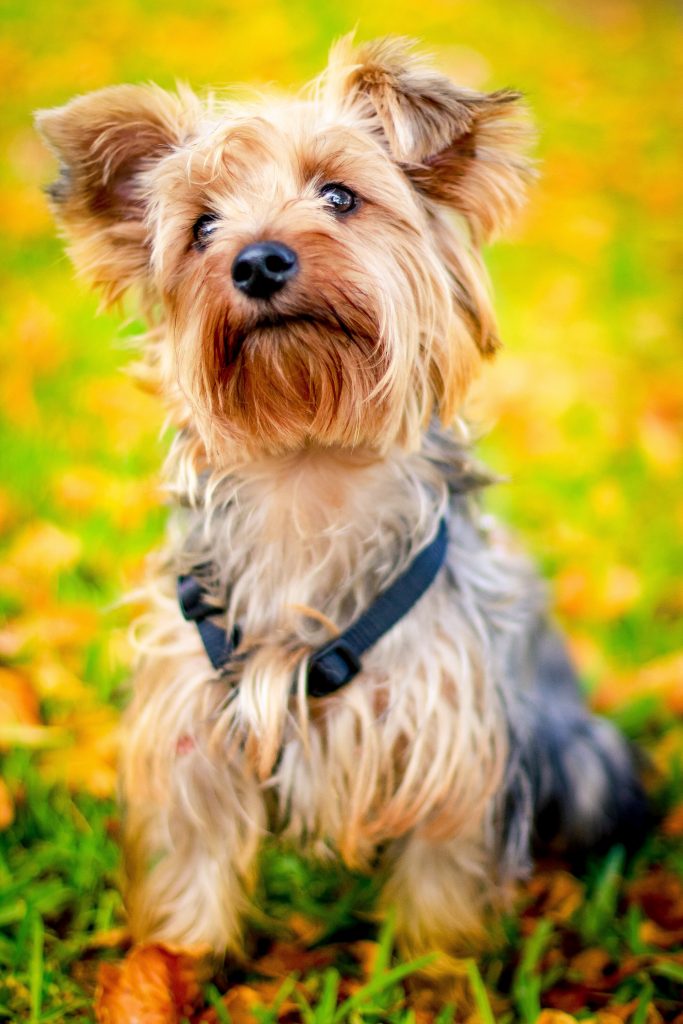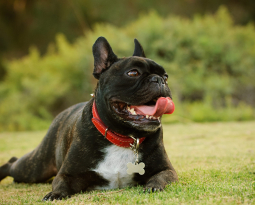When you and your friend are taking a stroll down the street, you guys come across a yapping little, fluffy dog. “Is that a Pomeranian?” your friend asks. You reply “I think it might be a Yorkie.” Now, you both are wondering what the differences are between a Pomeranian vs Yorkie.
Welcome back to the Acoma Animal Clinic Blog! Earlier this month, we wrote a couple heavy-hearted blogs about health issues regarding your pets. To lighten the mood a bit, today we will be comparing two breeds of dogs— Pomeranians and Yorkies. Not all of us are canine experts, so this will help everyone understand the similarities and distinctions amongst these cute pups. Let’s get to it!
Pomeranian vs Yorkie… What are the Differences?
Origin
Although it might not come up in conversation all too often, it is interesting to learn about the origination of certain dogs. To start off, we will discuss the different backgrounds of both Pomeranians and Yorkies.
Pomeranians originally are from Northern Europe – specifically Pomerania. Pomerania is located North-West of Poland and North-East of Germany. The name of the dog that Poms descended from is called the German Spitz. The German Spitz can weigh about twice the size of Poms but share similar features like their coats, tails, and facial structure. Pomeranians used to be bred to be sled dogs like the German Spitz, however over time they reduced in size and are now small household dogs.
On the other hand, Yorkies came from Northern England in a county called Yorkshire. Yorkies have a somewhat unknown background in regards to which dogs they exactly stemmed from. They are believed to be a mix other kinds of terriers like Skye Terrier and Maltese. Formerly, Yorkies were bred to be hunters of small creatures in mines. Now, they are known to be one of the best companion dogs.
Coats
Now, let’s look at their appearances a little more in depth. If you were to pet both of these dogs while they were sitting side by side, you could notice a clear difference in their coats. You would get to feel the different texture of hair that they each have.
Pomeranians have two layers to their fur – an undercoat and a top coat. The undercoat fur is a bit shorter than the top coat. It is dense and soft which helps fulfill the purpose of keeping the dog warm in the cooler months of the year. This undercoat sheds during the warmer months to prevent the Pom from overheating. The top layer, otherwise known as a guard coat, is there to shelter the bottom coat from water, sun, etc. This hair is coarse, straight, and usually kept longer in length.
Yorkies have only one coat of hair. Since they only have this one layer, Yorkies tend to not shed but sometimes lose hair in small amounts. To understand the difference between fur and hair, it’s all about the layers. Poms are considered to have fur due to their dual layers while Yorkies have hair. The way to think of a Yorkie’s coat is very similar to human hair, just one layer all the same length. Their hair is generally longer and silkier than other dogs which is a key difference.
Maintenance
Both of these dogs need much attention. If you live a busy life and plan to leave your pup alone during the day, these are not the kinds of dogs for you. Also, if you have a small child in your home, you might be better off getting a larger dog because they can be handled more roughly. Pomeranians and Yorkies are fragile due to their small size. These dogs need an owner that will be around all the time to entertain them.
In terms of upkeep, Pomeranians would visit the groomers less often than Yorkies. This is because of the different texture of their coats. As mentioned above, Poms shed so they are constantly ridding themselves of fur, while a Yorkie’s hair would just keep getting longer until cut. For finances, the Yorkie may end up being more expensive than a Pom in order to keep them looking clean-cut and neat.
We’ve highlighted some dissimilarities between the Pom and Yorkie. If you’d like to see a few more facts about them, check out this site. Both of these dogs make great household animals for people with a lot of spare time. We hope this helped you understand the differences and decide if these kinds of dogs are right for you!





